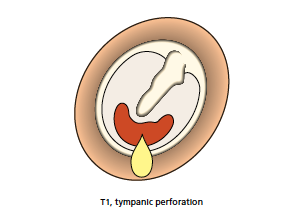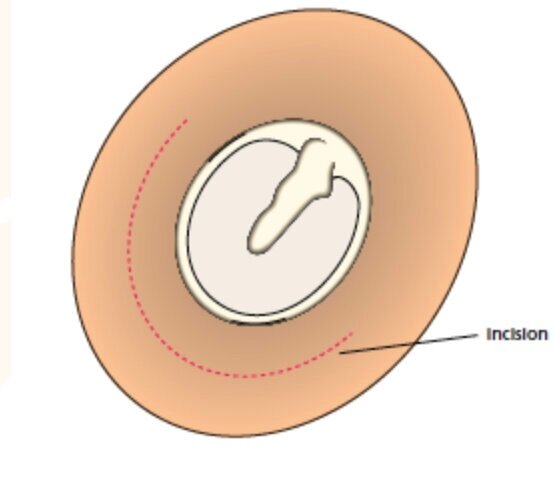What is a Tympanoplasty?
Tympanoplasty is the operation to close a perforation of the eardrum (tympanic membrane). It is also called a myringoplasty
A perforation of the ear drum may result from middle ear infections, grommet surgery or trauma
The most common symptom of a perforated eardrum is a leaking ear. This happens mostly because of contamination of the middle ear which is normally a sterile environment . Keeping water out of the affected ear is necessary to avoid this from happening. Wearing a customised swim plug is a convenient way of minimising water contamination.
Other symptoms include a hearing loss if the perforation is large or if there is scarring in the middle ear
If the perforation does not close by itself, then there is the option of having surgery to close the perforation.
How do you repair a perforated ear drum?
The operation involves placing a graft under the perforation. The graft material is a thin sheet, usually taken from beneath the skin behind the ear - called temporalis fascia. This provides a scaffold for the cells of the migrate over the graft. .
Our preference is to perform the surgery through an incision behind the ear. Whilst there is a scar, this is hidden behind the ear that usually heals very well and is not noticeable.
A flap of ear canal skin is elevated to include the tympanic membrane to allow access to the middle ear
The graft is then placed under the tympanic membrane, covering the perforation. This acts as a scaffold allowing the edges of the perforation to migrate over the graft
Once the graft is in place, the ear is packed with a resorbable dressing
If some of the three tiny bones in the middle ear (ossicles) have been damaged , reconstruction of these (ossiculoplasty) can be performed at the same time.
The operation usually takes about an hour and a half, and may be performed as a day case if carried out early in the day.
What should I expect after the operation?
There may be some discomfort initially which should be controlled by simple analgesia such as paracetamol. The ear may feel blocked for a few weeks. This is due to the dressing as well as fluid accumulation in the middle ear.
Some blood stained discharge that settles over a few days
After the stitch is removed after a week/10 days , antibiotic drops may be prescribed for 2 weeks.
The graft can take up to 4-6 weeks to heal. A hearing and pressure test is performed to confirm that the graft is intact and to check the hearing
What can go wrong after the operation?
Complications after tympanoplasty surgery are very rare. The pinna (ear itself) can stick out for a few weeks and may also be numb. Infection which may present as leaking from the ear. Dizziness, tinnitus and hearing loss are rare complications. Whilst the success rate of the surgery is around 90% there is always the risk that the graft may not take.
Can my child swim after the operation?
Your child should not swim until the graft has taken fully, which is at least 4 weeks after the surgery
When will my child be able to fly?
Although aircraft cabin pressure is controlled there may be some slight changes which may induce patients to try to equalise their ears. This may result in displacement of the graft. and it is recommended that flying be postponed until 4 weeks after surgery.
How long before my child can return to school?
Children may return to school 1 week after the operation but should avoid contact sports for about 4 weeks.
What will my child’s ear look like afterwards?
The ear may stick out initially due to swelling, but will return to its normal position within a few weeks. The scar is behind the ear and not visible.







